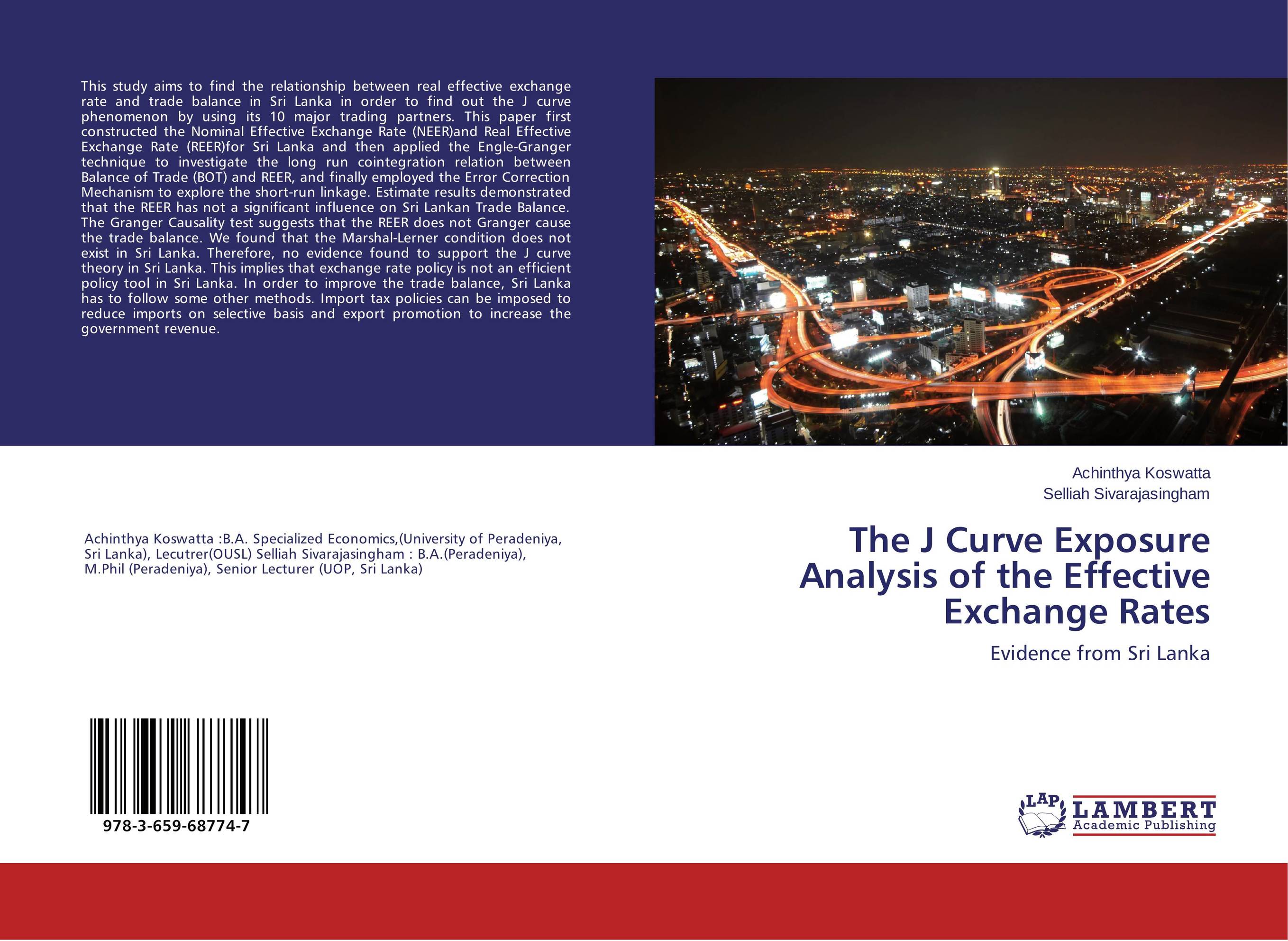| Поиск по каталогу |
|
(строгое соответствие)
|
- Профессиональная
- Научно-популярная
- Художественная
- Публицистика
- Детская
- Искусство
- Хобби, семья, дом
- Спорт
- Путеводители
- Блокноты, тетради, открытки
The J Curve Exposure Analysis of the Effective Exchange Rates. Evidence from Sri Lanka

В наличии
| Местонахождение: Алматы | Состояние экземпляра: новый |

Бумажная
версия
версия
Автор: Achinthya Koswatta and Selliah Sivarajasingham
ISBN: 9783659687747
Год издания: 2015
Формат книги: 60×90/16 (145×215 мм)
Количество страниц: 84
Издательство: LAP LAMBERT Academic Publishing
Цена: 18737 тг
Положить в корзину
| Способы доставки в город Алматы * комплектация (срок до отгрузки) не более 2 рабочих дней |
| Самовывоз из города Алматы (пункты самовывоза партнёра CDEK) |
| Курьерская доставка CDEK из города Москва |
| Доставка Почтой России из города Москва |
Аннотация: This study aims to find the relationship between real effective exchange rate and trade balance in Sri Lanka in order to find out the J curve phenomenon by using its 10 major trading partners. This paper first constructed the Nominal Effective Exchange Rate (NEER)and Real Effective Exchange Rate (REER)for Sri Lanka and then applied the Engle-Granger technique to investigate the long run cointegration relation between Balance of Trade (BOT) and REER, and finally employed the Error Correction Mechanism to explore the short-run linkage. Estimate results demonstrated that the REER has not a significant influence on Sri Lankan Trade Balance. The Granger Causality test suggests that the REER does not Granger cause the trade balance. We found that the Marshal-Lerner condition does not exist in Sri Lanka. Therefore, no evidence found to support the J curve theory in Sri Lanka. This implies that exchange rate policy is not an efficient policy tool in Sri Lanka. In order to improve the trade balance, Sri Lanka has to follow some other methods. Import tax policies can be imposed to reduce imports on selective basis and export promotion to increase the government revenue.
Ключевые слова: Balance of Trade, Error Correction Mechanism, Real Effective Exchange Rate, Nominal Effective Exchange Rate, Engel Granger Test



